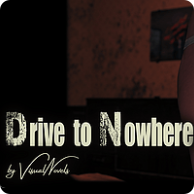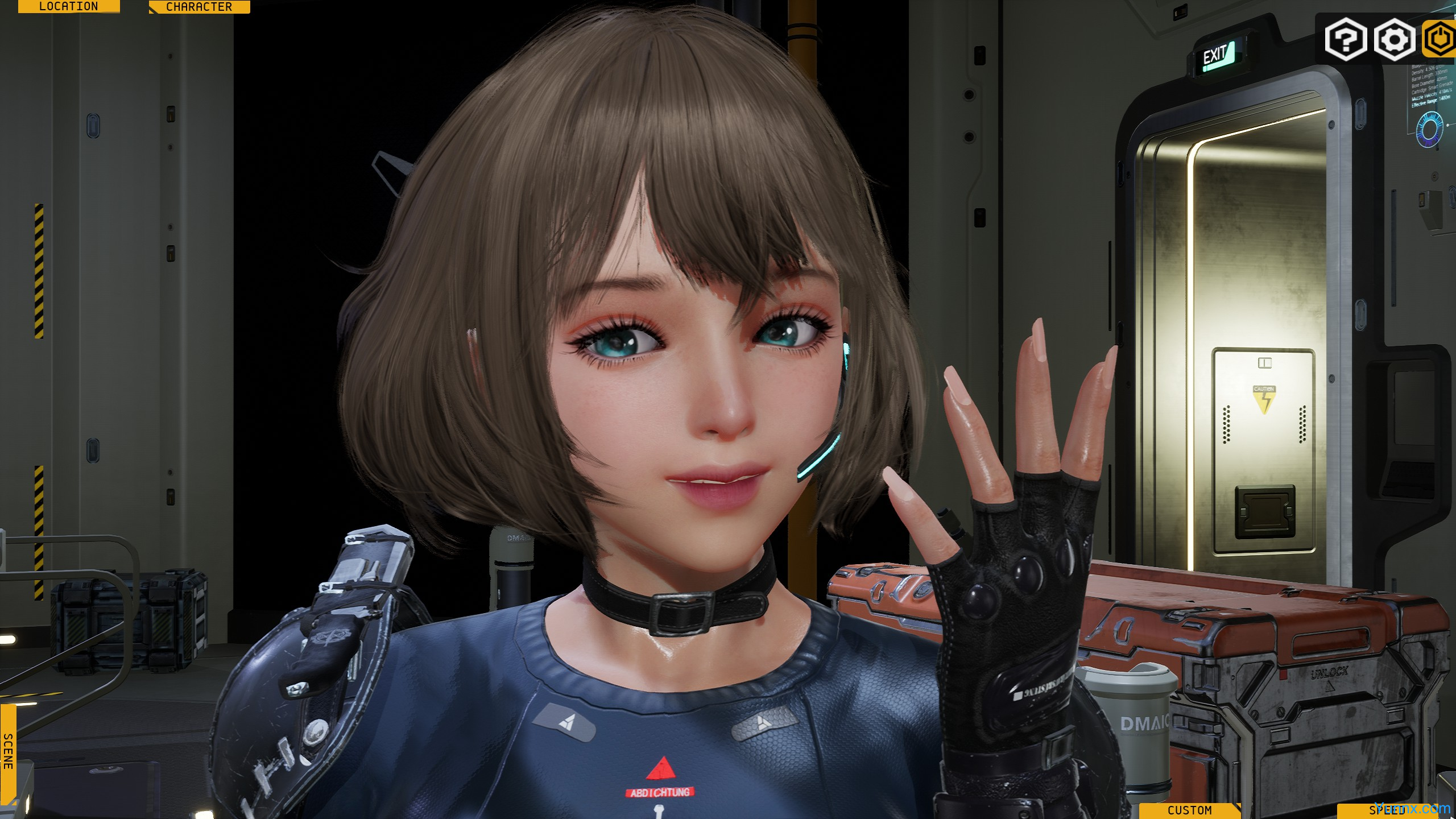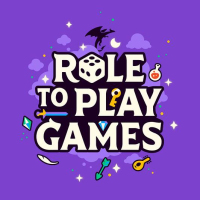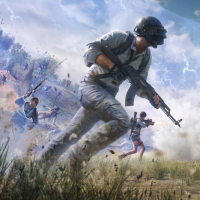Drive to Anywhere places players in the abyss of morality and survival through the setting of road escape and mother son bond. The game revolves around emotion driven narrative, multi story endings, and real-life challenges, allowing players to experience the complexity and fragility of human nature amidst the tearing of poverty and dignity. If you crave a soul stirring post apocalyptic emotional adventure, this game will bring profound emotional impact and reflection!
Game Introduction
Drive to Anywhere is a road themed visual novel developed by VisualNovels Games, with "survival" and "family" as its core themes. The story tells of a mother who, after a fierce breakup with her husband, embarks on a journey of escape with her adult son. With only half a box of gasoline, tattered clothes, and endless unknowns, the mother and son search for a way out in poverty and despair. Faced with the dilemma of morality and survival, their relationship will be torn apart by reality, and the choices of players will determine whether they can maintain their dignity or become victims of the times.
Core gameplay
Emotionally driven narrative
Players drive the plot through dialogue and choices, experiencing moments of trust crisis, conflict outbreak, and reconciliation between mother and son.
Moral dilemma: Every decision (such as accepting dangerous work, stealing, sacrificing oneself) affects character relationships and the outcome.
Poverty and survival mechanisms
Resource management: Scarce resources such as gasoline, food, and money need to be allocated carefully, as wrong decisions may lead to character death or plot collapse.
Dynamic events: Random encounters (such as mob attacks, unexpected rescues) test players' adaptability and moral bottom line.
Multi storyline and ending
Bright ending: Mother and son work together to rebuild life and preserve the brilliance of humanity.
Dark ending: Fallen for survival, mother and son turn against each other or sacrifice each other.
Hidden Ending: Unlock the "Redemption" or "Destruction" storyline through specific combinations.
Featured Highlights
Realistic narrative: Using realistic writing to depict the struggles of impoverished groups and expose the survival difficulties of marginalized individuals in society.
Dynamic relationship system: The trust and anger values between mother and son change in real-time, affecting dialogue options and plot branching.
Moral dilemma design: There is no absolute good or evil, and every choice requires weighing the pros and cons (such as whether to sell dignity for money or sacrifice children for survival).
Visual and sound style: Using dark tones and environmental sound effects (such as wind and engine roar) to enhance the atmosphere of post apocalyptic repression.





































